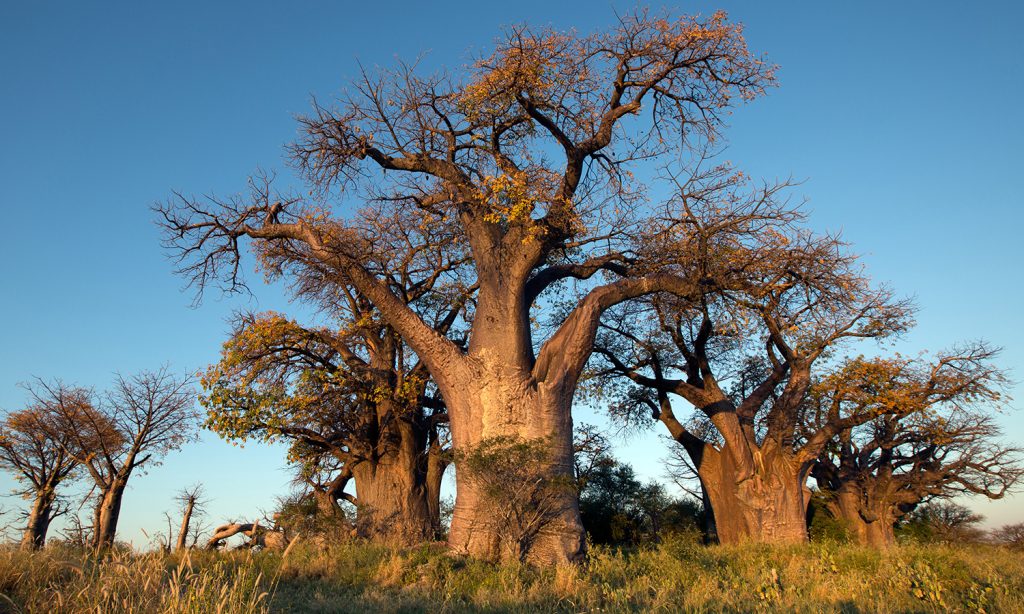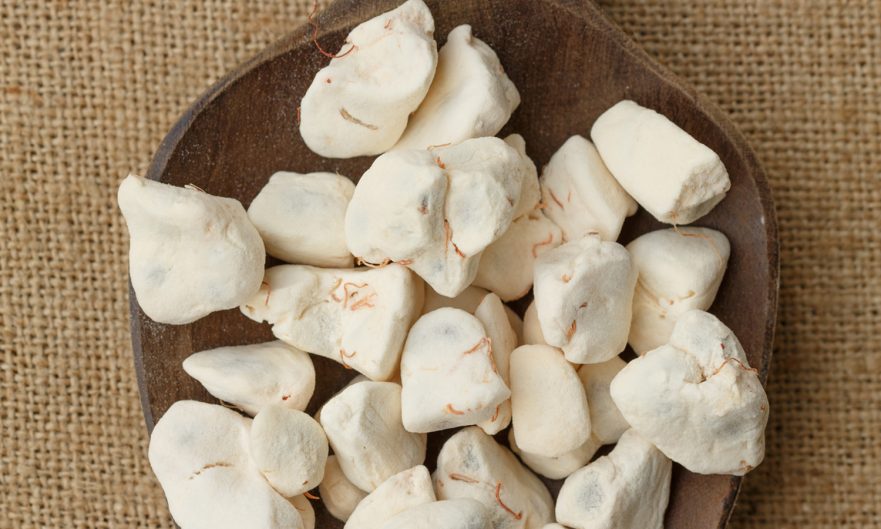African Baobab
The iconic African baobab tree is one of the strongest and tallest trees in the world. Known in Africa as the Tree of Life because of its multitude of uses, the edible fruit is quickly becoming one of the most sought after superfruits. With 50% more antioxidants than açai, and six times as much vitamin C as oranges, this powerful fruit can now be found in a variety of food products, including nutrition bars and powders, fruit and nut mixes, frozen desserts and more.
Consumed by locals for hundreds of years, baobab (pronounced “BEY-oh-bab”) fruit has a starring role in one of our fresh Senegalese juices, and is the featured ingredient in Bouye (“bwee”), a tangy, refreshing blend of baobab and vanilla.
The Baobab Tree
Long worshipped by natives, the gigantic trees are naturally fire and drought-resistant, and can even fight back against its attackers. Thirsty elephants gouge holes in the baobab’s trunk to devour its wet, spongy insides. According to National Geographic, the trunk of a baobab can store 100,000 liters, or 26,000 gallons, even during harsh drought conditions. The water concentrates in the spongy center of the trunk, which elephants feast on.
Fortunately, once stripped of its bark, the tree can regrow it. Even when it can’t repair itself, the tree can reroot, “pushing up new columns, snaking out new limbs parallel with the ground,” writes Richard Mabrey in his book The Cabaret of Plants. These trees can live over 1,000 years, with some species believed to be 3,000 years old.

The oval-shaped fruit has a woody shell and velvety-green coating, and resembles a small coconut or large mango. The inside is filled with sinewy fibers and dried white fruit. The fruit, or pulp, naturally dehydrates in its shell, making it ideal for food manufacturers. The pulp is milled into a powdery substance for use in juices, smoothies, baked goods, and hundreds of other foods.
Baobab Benefits
In addition to being loaded with vitamin C and antioxidants, the baobab fruit has six times the potassium of bananas, more magnesium than coconut water, twice as much calcium as milk, and tons of fiber.
This well-rounded fruit is also being sustainably harvested. Some producers and non-profits offer the men and women of rural South African communities the opportunity to harvest the fruit to earn an income that can pay for healthcare, education, and everyday necessities.
The Baobab tree is known by many names, including Tree of Life, Monkey-Bread Tree, and The Upside Down Tree (its spreading crown of branches, bare of leaves for most of the year, resembles a root system). A beautiful sketch of the tree is depicted in our dining room mural. Take a look during your next visit!

